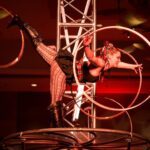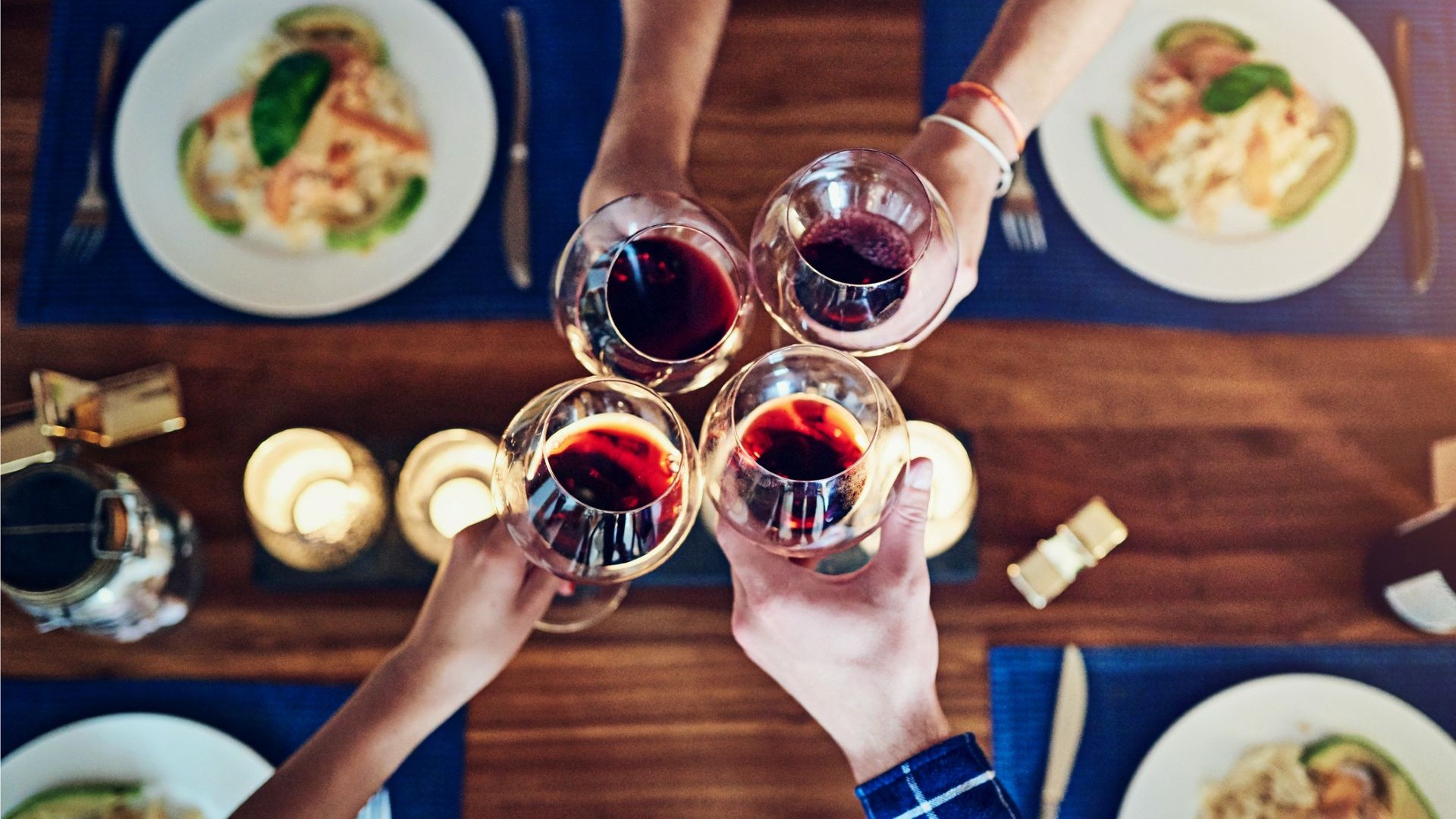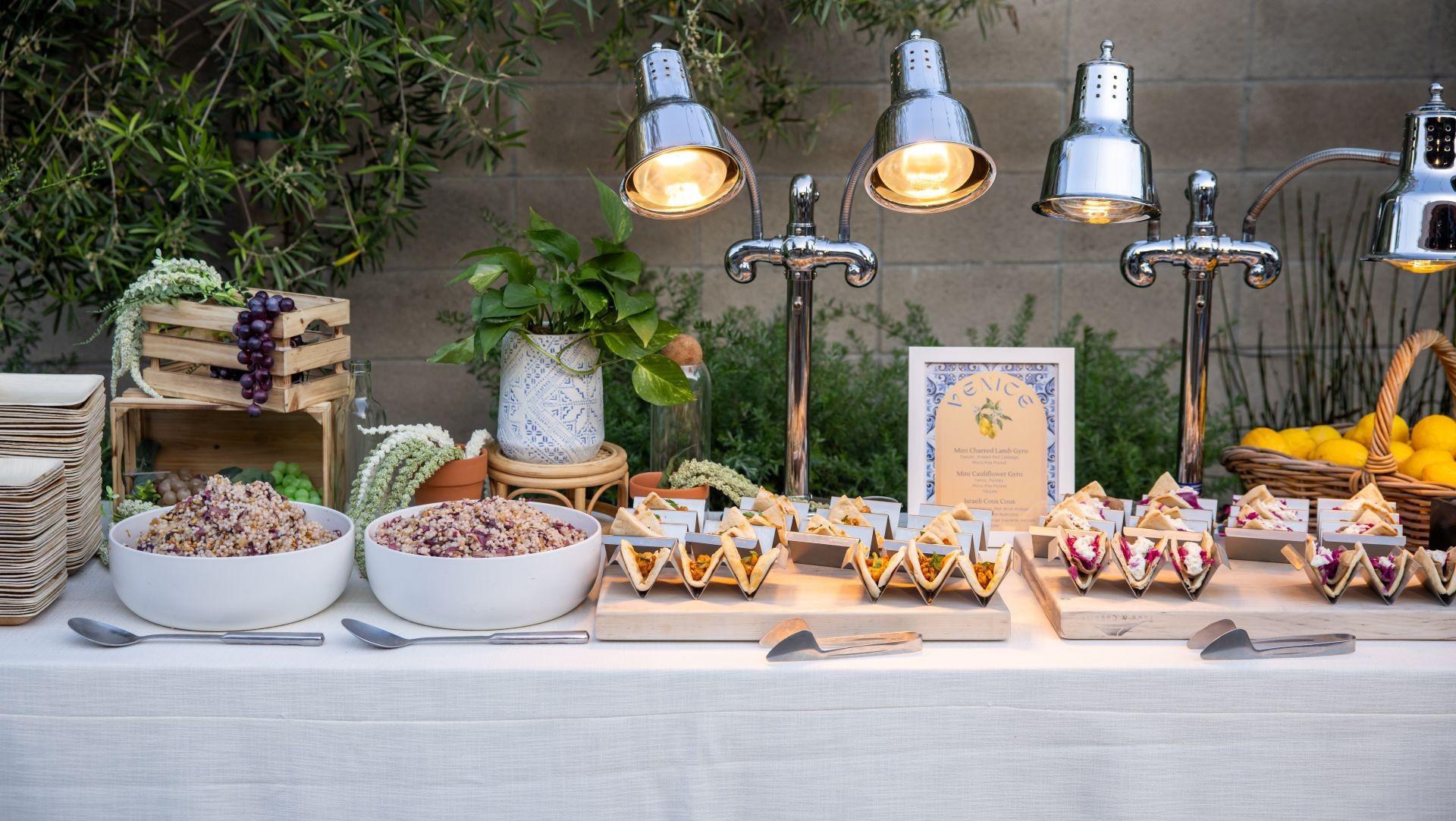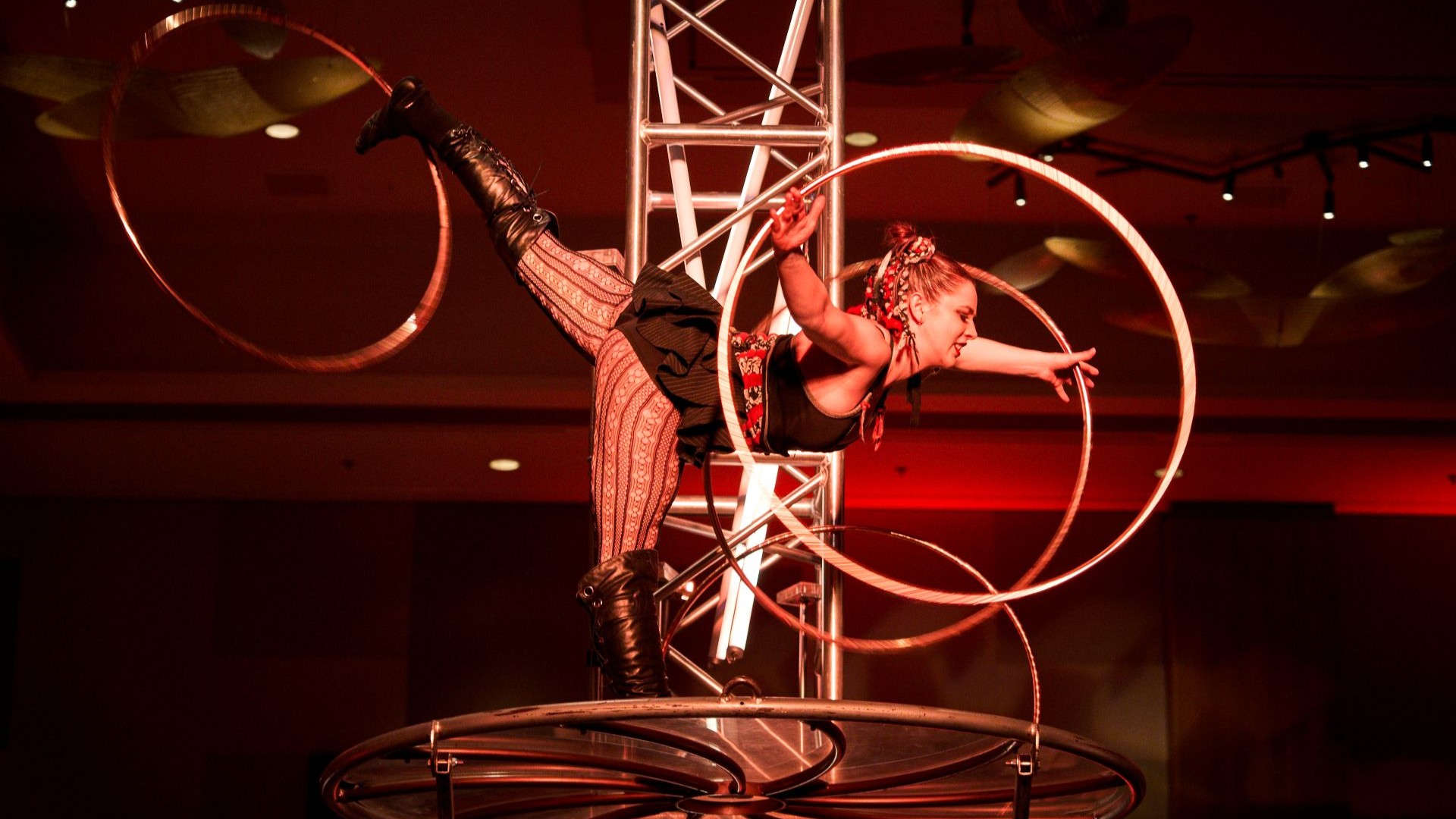
Four Corporate Event Planning and DMC Tactics and Industry Trends that Need to Die
From program apps to augmented reality, staying on the leading edge of the DMC and corporate event planning industries has never been tougher. It seems there’s always something new you have to understand and integrate, with less time to do so. But what standard program elements are you turning to, almost as a default, without thinking about them? We’re here to help. Here, we share four top tactics employed either by corporate planners or destination management companies that need to say “bye bye” and our suggestions on some alternative engagement-enhancing upgrades.

Branded Merchandise Gifts
The Expected
While the logo mug might make it into daily use, the one-size-fits-all T-shirt (FYI: they don’t fit all) and the baseball cap are likely going to end up at Goodwill or a box in the attic. After investing so much time and money into making an amazing event, the gifts people are bringing home should be reminders of that amazing time.
The Upgrade
No surprise here, it’s all about making every element of the program more custom and rooted to the experience. The 360DG team in Orange County is currently planning an event in which a “surf shack” will be stocked with four to five options of flip-flops, board shorts, and T-shirts that will allow attendees to mix and match their own surfer chic outfit. Getting attendees involved creates a talking point for the rest of the event. It also increases the chances that they will actually keep the item and use it again.
Standard Food & Treat Amenities
The Expected
When attendees check into their room, they are greeted by a basket of baked goods or a box of chocolates or some other snack-type treat. It seems like a thoughtful idea but doesn’t take into account attendees’ preferences and diet considerations. In the process, they may create a lot of waste, both physically and opportunity-wise.
The Upgrade
Take a standard tactic and turn it into a hands-on event. One idea is to create a penny candy shop for attendees to fill a bag with their favorites and have their personality read based on their palate. Classic choices like M&Ms and Reese’s suggest someone down to earth and reliable; Skittles and Starburst fans tend to be more extroverted. Or turn the welcome treat into a workshop, such as learning the art of artisan chocolate making. Both of these options give attendees control over what they are putting into their bodies and get them engaged and talking, both to each other and about your event.

Out-of-the-Box Scavenger Hunts and Relay Races
There is nothing wrong with either of these activities as long as the right amount of creative energy is put into making sure they’re customized for the group and destination. But if you’re solely turning to a scavenger hunt around the resort to fill some time, the reception among attendees will be lukewarm.
The Upgrade
There are lots of fresh, new options for bringing your team together and forcing them to work on all those key skills that translate back into their work together: communication, trust, and understanding each member’s strengths and weaknesses. One idea is a top CSR program uniquely driven to reveal an aspect of the destination, such as a past program built by our Ojai, California office that had teams build much-needed beehives in this produce-rich region.
Theater-Structured General Sessions
The Expected
We certainly get that general sessions in a standard theater setup aren’t going to “die.” Sometimes there’s no alternative. But this is on our list because corporate planners and DMCs need to constantly ask themselves if it’s really the only option. Because standard theater seating stifles interaction. It is difficult to get up to a microphone or pass one from person to person during Q&A sessions, and it’s also very difficult to quickly and effectively transition to breakouts and brainstorming sessions.
The Upgrade
Here’s one idea our Arizona team has employed: Rather than putting out rows of folding chairs, they are creating seating clusters of couches and armchairs. The comfort of the seats allows people to sit through general sessions all day without the standard fidgeting and back pain and also elicits a more casual, engaging approach. The open areas between the groupings encourage attendees to get up and ask questions and interact with presentations. The living room–like atmosphere creates a communal setting for brainstorming sessions, while the lightweight furniture allows the clusters to be reconfigured as needed so groups can expand and contract for different sessions.







 "/>
"/>
 "/>
"/>
 "/>
"/>